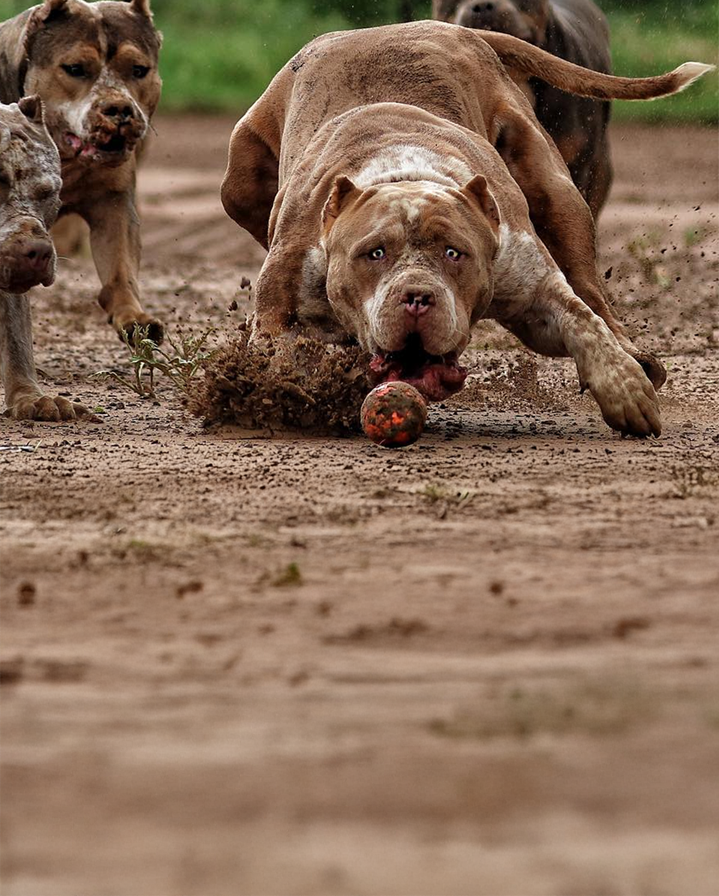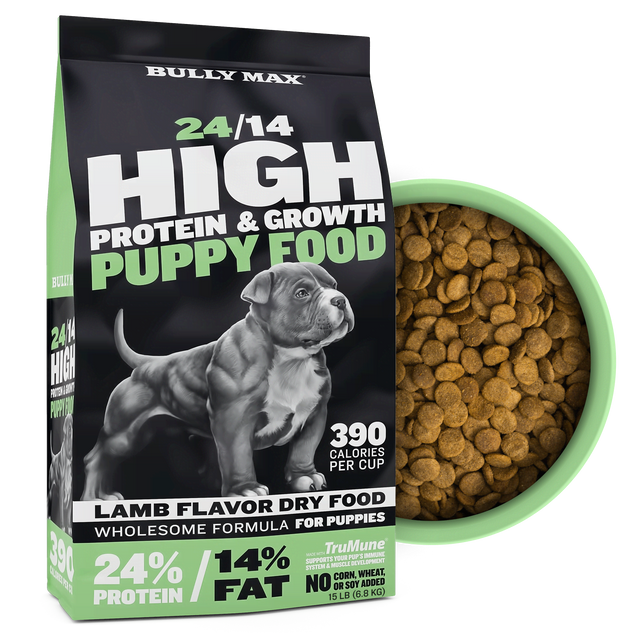Why Do Dogs Guard Their Food and How to Treat It?
Have you ever wondered why some dogs guard their food and if there is anything you can do about it? When was the last time your little best friend became protective or aggressive at the food bowl? Does he growl, lunge, or even bite at anyone—human or animal—who gets too close to their kibble?

It doesn’t have to be just food, either. Dogs can exhibit resource guarding—also called “possessive aggression”—over anything: a treat, a toy, or even a human. Some of the body language cues to watch out for include stiffening, growling, hard staring, and baring their teeth.
Dogs guarding their food can be alarming behavior. But there’s good news: over time, and with the right techniques, you can train your dog to relax and stop freaking out when people get too close to their dinner.
We’ll tell you how in this article.
What Makes Dogs Guard Their Food?
We don’t know for certain, but experts believe that most dogs guard their food due to a combination of two reasons — genetic predispositions and learned behavior.
If your dog was raised as part of a large litter that had to eat out of a single bowl, for instance, your dog may have learned as a puppy that they needed to compete for food and defend it from others.
Medical conditions are another possible cause. If your dog has pain—such as from a cavity or broken tooth—that could cause them to cry out while eating. If you suspect this could be the case, take your dog first to the vet to rule out any medical causes.
How Not to Treat Food Guarding in Dogs
So how do you stop your dog from guarding their food bowl? First and foremost, don’t try to punish them by taking the food away. This might seem like an effective strategy to you, but it’s only liable to increase your dog’s anxiety and exacerbate the food-guarding behavior.
Similarly, don’t yell, scream, or hit your dog to try and exert dominance or “teach them a lesson.” These behaviors will also make dogs guard their food more.
But at the same time, don’t retreat from your dog’s guarding behavior. This might send the signal that their aggressive behavior is working, thereby reinforcing in them the idea that they should continue barking and growing to keep people away.
How to Change Your Dog’s Food Guarding Behavior
For starters, if you ever become concerned about your safety over fears that your dog might attack, get in touch with a veterinary behavior specialist. These experts have experience in canine food guarding and will know the proper steps to decrease your dog’s aggression. In more extreme cases, they might even recommend medication to help reduce your dog’s fear and aggression. Situations like these should be handled by a licensed or certified veterinary professional.
Otherwise, one step you can take at home is to consider putting your dog in a closed room to eat. If they’re locked away from other people and pets, they’re liable to feel more secure and stop being afraid that someone else is going to take their food away from them.
Another thing you can do is to gradually desensitize your dog to having others close to their food. You want to do this gradually, however, and with sensitivity to your dog’s feelings.
Start by standing a few steps away from your dog’s bowl. Talk to your dog in a friendly voice, and toss them a few treats. The goal of these treats is to teach your dog that they have nothing to fear by you being close to their bowl—and in fact, having you near can even lead to more food.
If you don’t know what kind of treat to give your dog, consider our delicious 9-in-1 Total Health Vitality Chews, Classic Premium Chicken Dog Treats, or Classic Premium Beef Dog Treats. Your dog is sure to love the meaty flavor, and the extra nutrition will help keep them strong and healthy.
Do this for a couple of days, until your dog is comfortable having you at that distance from their food bowl. Then take a small step closer, put a treat on the floor, and step away. Continue doing this for a few more days. As your dog becomes more comfortable, step even closer to the bowl. Eventually, you’ll be able to drop your treat directly into the food bowl while your dog is eating.
If your dog becomes comfortable with that, you can graduate to having your dog eat the treat from your hand. Eventually, you should be able to touch and move the food bowl with one hand while your dog eats the treat from your other.
How to Prevent Your Dog’s Food Guarding Behavior from Coming Back
If you get to this point, congratulations! You’ve successfully desensitized your dog to having you near its food bowl.
But you’d still be wise to remain sensitive to your dog’s feelings. Remember that most dogs guard their food once they’re afraid of having their food taken away. Keep that in mind, and don’t do anything that might cause their old anxieties to flare up again.
Read also an article about common feeding mistakes that millions of dog owners make!








